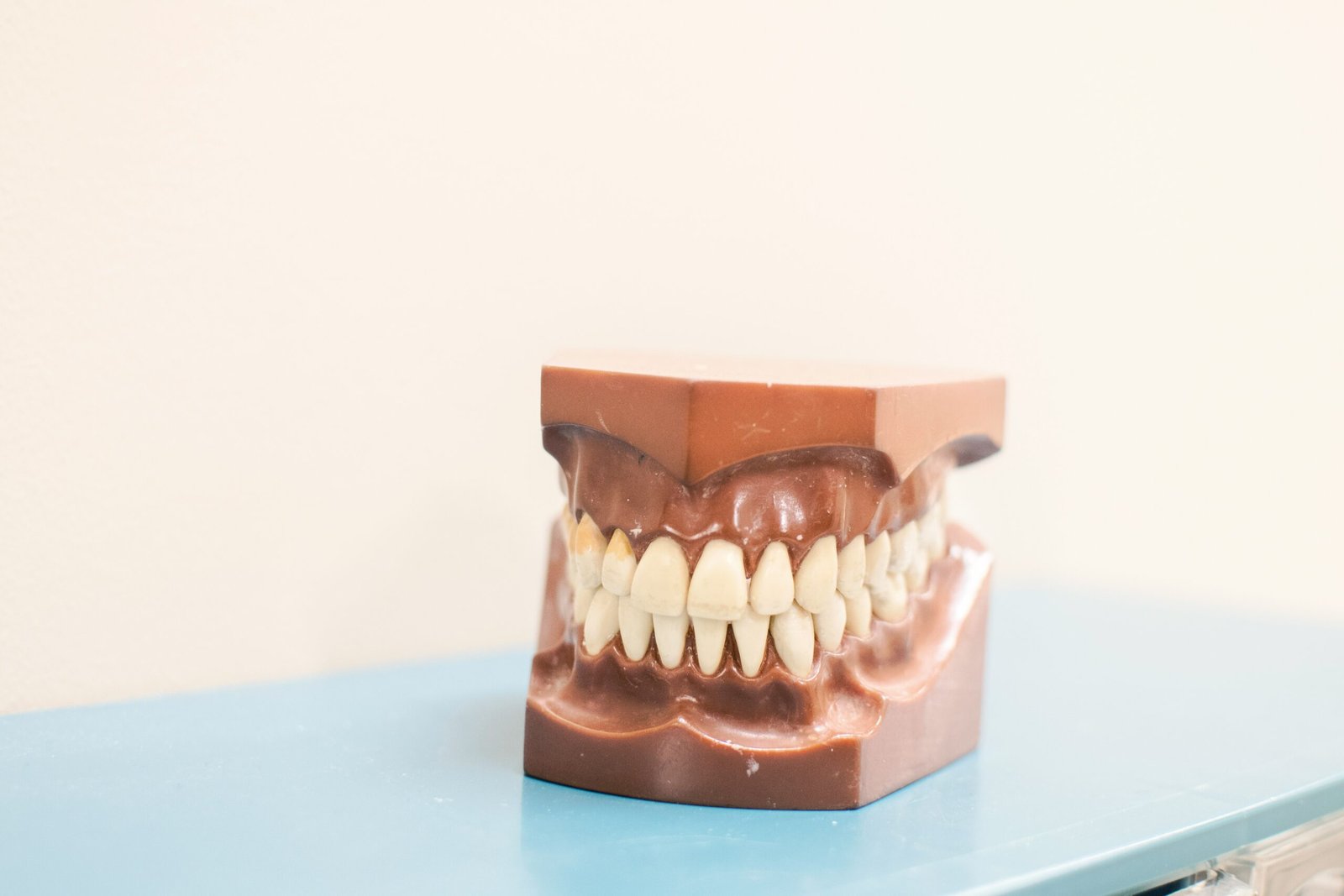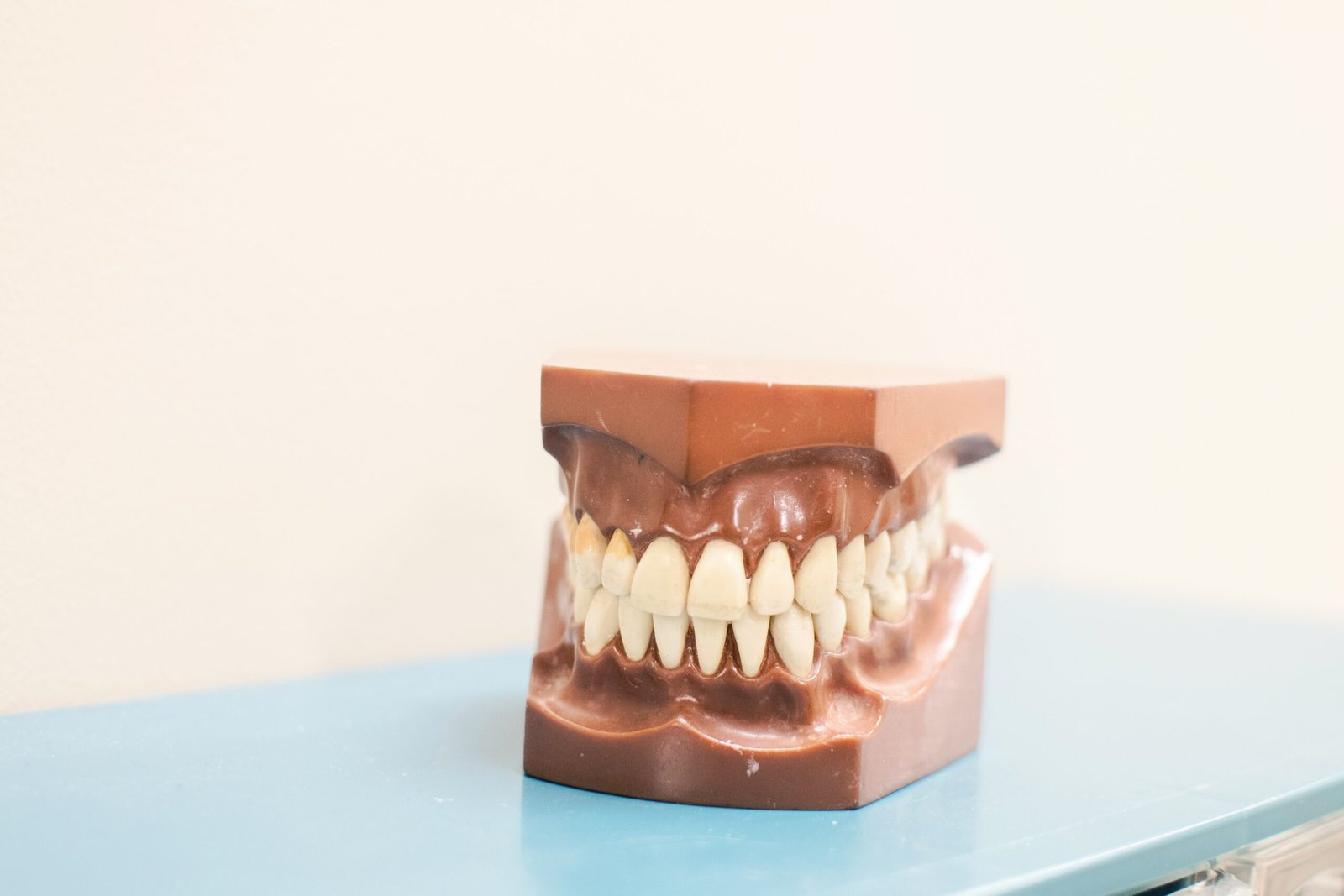Contact Us at Mobile: +256 702 612 626

The Dangers of Fake Medicines: How to Identify Genuine Ones

Understanding the Risks: The Impact of Fake Medicines
The proliferation of counterfeit medicines represents a critical challenge to public health across the globe. Fake medicines, often laced with harmful substances or entirely devoid of active ingredients, pose severe risks to patient safety and treatment outcomes. The consequences of consuming these counterfeit pharmaceuticals can range from ineffective treatment regimens to life-threatening health complications. In some instances, patients have reported severe adverse reactions due to toxic ingredients found in fake drugs that were initially perceived as legitimate.
One poignant illustration of the dangers posed by counterfeit medications is the case of a patient diagnosed with malaria. In an effort to receive treatment quickly, the individual procured antimalarial drugs from a non-regulated source, resulting in a significant deterioration of their condition due to the ineffectiveness of the counterfeit medicine. Instead of a timely recovery, the patient faced complications that required hospital intervention, underscoring the immediate and profound health hazards associated with counterfeit medications.
Beyond the individual risks, the impact of fake medicines extends to broader public health concerns. The World Health Organization has documented numerous cases where the use of counterfeit drugs has resulted in increased mortality rates, particularly in vulnerable populations. Healthcare systems struggle to cope with the repercussions, as the costs associated with treating complications from counterfeit drugs can place immense strain on resources.
Moreover, the economic implications are considerable. Pharmaceutical fraud undermines the integrity of healthcare systems and engenders distrust among patients, potentially leading to lower medication adherence and adverse health outcomes. Addressing the issue of counterfeit medications is paramount for ensuring patient safety, safeguarding health systems, and fostering public confidence in legitimate pharmaceutical products. Ultimately, recognizing and mitigating the risks posed by fake medicines is essential for promoting global health equity and security.
Recognizing the Signs: How to Detect Fake Medicines
The proliferation of counterfeit medicines represents a significant threat to public health, making it essential for consumers to be vigilant. One of the primary indicators of a counterfeit medication is unusual packaging. Authentic medications typically have well-designed packaging with consistent colors, fonts, and logos. If the packaging appears poorly printed, has faded colors, or features misspellings, these can be red flags signaling that the product may not be genuine.
Another critical aspect to consider is the pricing of the medication. If a drug is offered at a price significantly lower than the usual retail cost, it may be an indication that the product is counterfeit. While discounts and promotions do occur, a price that seems too good to be true should prompt further investigation before making a purchase.
Labeling discrepancies are another area to scrutinize. Important information such as expiration dates, batch numbers, or ingredients should be clearly visible and match the official specifications. If these details are missing, unclear, or do not correspond with known legitimate products, there is a strong possibility that the medication is fake. Furthermore, consumers should always verify the presence of appropriate safety and regulatory seals, as their absence is often a telltale sign of a counterfeit product.
To safeguard against purchasing fake medicines, it is crucial to always buy from trusted sources. Recognized pharmacies and licensed retailers follow strict guidelines and are more likely to offer legitimate products. Additionally, comparing the suspected counterfeit with a genuine version can be incredibly helpful. By being informed and cautious, consumers can play a vital role in protecting their health and well-being from the dangers posed by counterfeit medications.
Verifying Authenticity: Trusted Methods and Resources
Ensuring the authenticity of medicines is crucial to safeguarding one’s health. With the proliferation of counterfeit drugs, employing reliable verification methods can significantly reduce the risks associated with fake medications. One of the primary ways to validate a medication’s authenticity is through the use of serial numbers. Most legitimate medicines come with a unique serial number or a National Drug Code (NDC) that can be cross-referenced. By entering these identifiers into official databases or using manufacturer’s websites, consumers can confirm the product’s legitimacy and trace its origins.
Another effective approach is utilizing barcode scanning applications. Many smartphones are equipped with barcode scanners that allow users to scan the packaging of a medication. These applications often connect with databases that maintain records of genuine medicines, providing instant feedback on whether the product is authentic or potentially counterfeit. Such technologies empower consumers to make informed decisions before purchasing or using any medication.
In addition to these methods, it is imperative to purchase medications only from licensed pharmacies. Licensed establishments are required to comply with specific regulations established by health authorities, which ensures that the medications sold are safe and effective. Consumers should always verify a pharmacy’s credentials by looking for the appropriate licenses or certifications.
Moreover, understanding medication regulation policies can further enhance one’s ability to identify genuine medicines. Governments often have resources available that clarify the standards and practices that genuine manufacturers must adhere to. Engaging with these resources enables consumers to stay informed about the latest trends in counterfeit drugs and recognize potential red flags when buying medication.
By employing these verification methods, including the use of serial numbers, barcode scanning apps, and relying on licensed pharmacies, individuals can significantly decrease the chances of falling victim to counterfeit medications.
Taking Action: What to Do If You Encounter Fake Medicines
Encountering fake medicines can be alarming, and it is essential for individuals to take appropriate action to protect themselves and others. The first step when you suspect that a medicine may be counterfeit is to report it to the local authorities or health regulatory bodies. These organizations are tasked with monitoring drug safety and can initiate investigations into suspicious products. Many countries have established hotlines or online platforms for reporting counterfeit medicines, making it easier for consumers to voice their concerns.
In addition to contacting authorities, it is advisable to inform healthcare professionals about the suspected fake medicine. Pharmacists and doctors often possess the expertise needed to evaluate the legitimacy of medication and can provide guidance on alternative treatments. They may also document your case, contributing to broader efforts to track the distribution of counterfeit drugs. Open communication with healthcare providers can help ensure that you receive safe and effective treatment, while also enhancing collective vigilance against fake medicines.
Moreover, sharing your experience can significantly raise awareness among friends, family, and the community. By discussing encounters with counterfeit medicines, individuals can educate others about the potential threats and signs to look out for, promoting informed decision-making. Social media platforms and community forums can serve as valuable tools for spreading information and raising awareness regarding pharmaceutical fraud.
It is vital to engage in patient advocacy by joining or supporting organizations focused on combating counterfeit drugs. These groups often provide resources and conduct campaigns to inform the public about the dangers of fake medications. Through collaborative efforts, individuals can help foster a safer healthcare environment. Taking proactive steps against counterfeit medicines not only helps protect personal health but also contributes to larger efforts aimed at eradicating pharmaceutical fraud.



